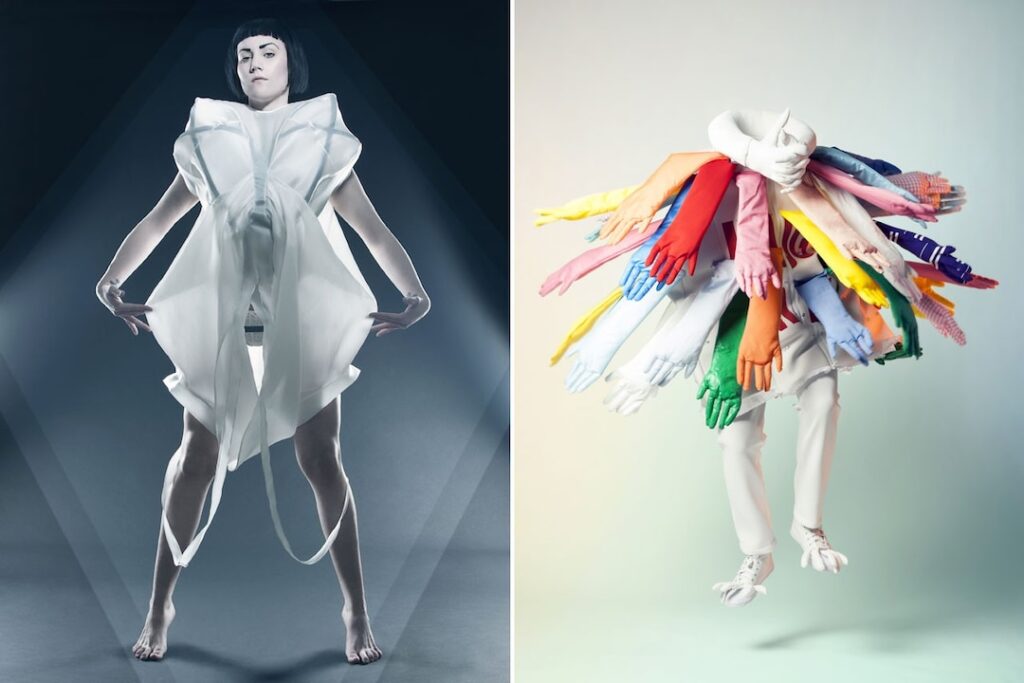In a world that is constantly evolving, the fashion industry is at the forefront of transformation. As concerns about climate change and sustainability grow, fashion designers are embracing new technologies, materials, and practices to create a more sustainable and ethical future. This article delves into the exciting realm of fashion design for the future, where creativity, innovation, and environmental consciousness converge to shape a new era of style and responsibility.
Sustainable Materials: Revolutionising Fashion Production:
One of the key pillars of fashion design for the future lies in the utilisation of sustainable materials. Designers are exploring alternatives to traditional fabrics, such as organic cotton, bamboo, and hemp, which require fewer resources and have lower environmental impacts. Additionally, advancements in technology have led to the emergence of innovative materials like lab-grown textiles and recycled fabrics made from post-consumer waste. These materials not only reduce the industry’s reliance on non-renewable resources but also offer unique textures, durability, and aesthetic appeal.

Circular Economy: Redefining Fashion Consumption:
The concept of a circular economy is gaining momentum in the fashion industry. Designers are reimagining the traditional linear production model, which follows a “take-make-dispose” approach, and shifting towards a circular model that promotes recycling, upcycling, and repairability. Through the incorporation of modular designs, detachable elements, and reversible garments, fashion becomes adaptable, long-lasting, and easily customizable. By embracing circularity, fashion designers can significantly reduce waste and extend the lifespan of their creations, forging a more sustainable and conscious future.
Technological Advancements: Fusing Fashion with Innovation:
The marriage of fashion and technology is unlocking endless possibilities for the industry. 3D printing, for instance, allows designers to create intricate and customizable garments, reducing fabric waste and minimising production time. Augmented reality (AR) and virtual reality (VR) technologies offer immersive shopping experiences, enabling customers to virtually try on clothes and make more informed purchasing decisions. Furthermore, data analytics and artificial intelligence (AI) are revolutionising supply chains, optimising production processes, and reducing the environmental footprint of the fashion industry. With these technological advancements, fashion designers are embracing innovation as a tool to reshape the future of style.

Ethical Production Practices: Empowering Artisans and Workers:
Fashion design for the future is not only about sustainable materials and cutting-edge technologies; it also emphasises ethical production practices. Designers are forging partnerships with artisans and local communities, supporting fair trade and empowering workers. By prioritising transparency and accountability throughout the supply chain, designers ensure that their creations are ethically produced, from sourcing raw materials to manufacturing and distribution. This shift towards ethical fashion promotes social responsibility, fair wages, safe working conditions, and empowers marginalised communities, fostering a more equitable and just industry.
Education and Awareness: Inspiring the Next Generation:
To fully realise the potential of fashion design for the future, education and awareness play a crucial role. Fashion schools and institutions are incorporating sustainability and ethical practices into their curricula, equipping the next generation of designers with the knowledge and skills needed to create a positive impact. Additionally, industry leaders and influencers are actively engaging in conversations and initiatives to raise awareness among consumers, encouraging them to make conscious choices and support brands that prioritise sustainability.
Fashion design for the future is a powerful catalyst for change, pushing boundaries, and challenging the status quo. By embracing sustainable materials, circular economy principles, technological advancements, ethical production practices, and education, fashion designers are paving the way for a more responsible and innovative industry. As we navigate the ever-changing landscape of fashion, let us remember that style and sustainability can coexist harmoniously, shaping a future where beauty, creativity, and environmental consciousness unite.








